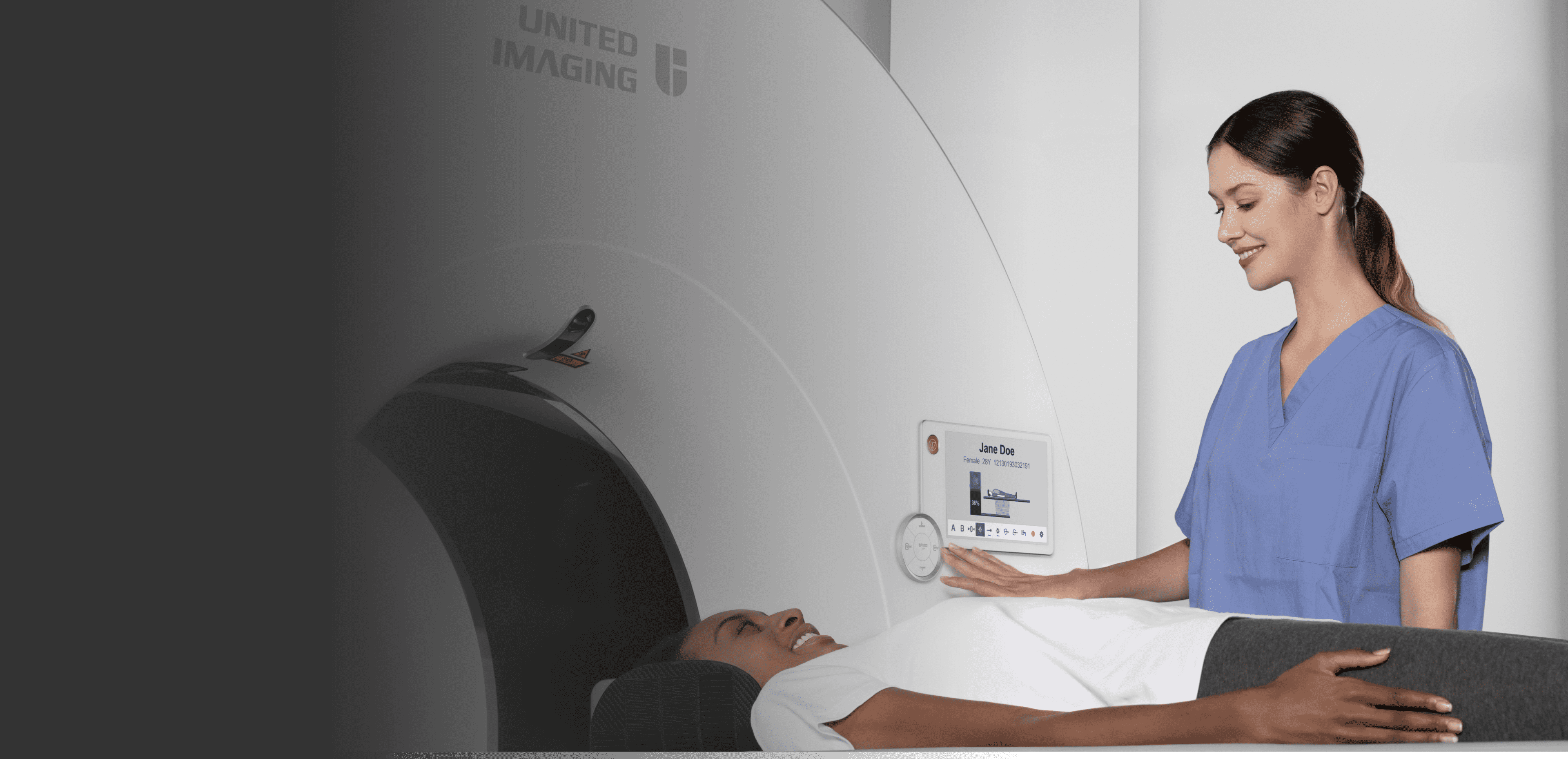03
A 58-year-old women went to the hospital for intermittent fever for more than 40 days. Her highest body temperature was 38.9℃. Other symptoms included fatigue and shoulder joint pain which were especially acute in the afternoon and at night without cold, chills, sputum, hemoptysis, chest pain, chest tightness and shortness of breath. After two weeks of intravenous administration of "cephalosporin antibiotics" there was no improvement, and intermittent fever continued. The outpatient clinics noted the patient had "fever of unknown origin." There were no obvious diagnostic features upon physical examination. The results of a routine blood test were as follows: erythrocyte sedimentation rate in the first hour: 72mm; yhigh-sensitivit C-reactive protein: 204. 20mg/l. Then, the patient had a whole-body F-FDG PET-CT examination to find the cause of the fever of unknown origin.
In the PET/CT images, wall thickening with increased glucose metabolism occurred in several parts of the body (bilateral internal carotid artery, common carotid artery, brachiocephalic trunk, bilateral subclavian and axillary arteries, thoracic aorta, abdominal aorta, bilateral common iliac artery, internal iliac artery, external iliac artery and femoral artery), which was considered to be caused by inflammatory changes. Combined with the patient's medical history, clinical symptoms, examination and imaging findings, she was diagnosed with T.A. After standardized anti-inflammation treatment, her body temperature dropped and her condition improved.







